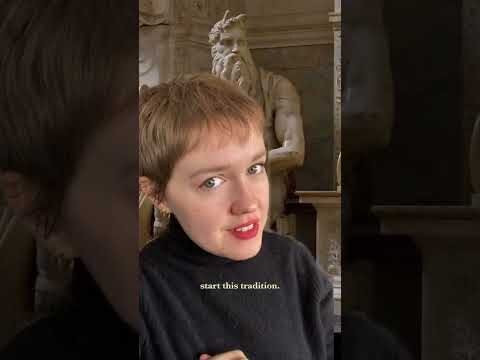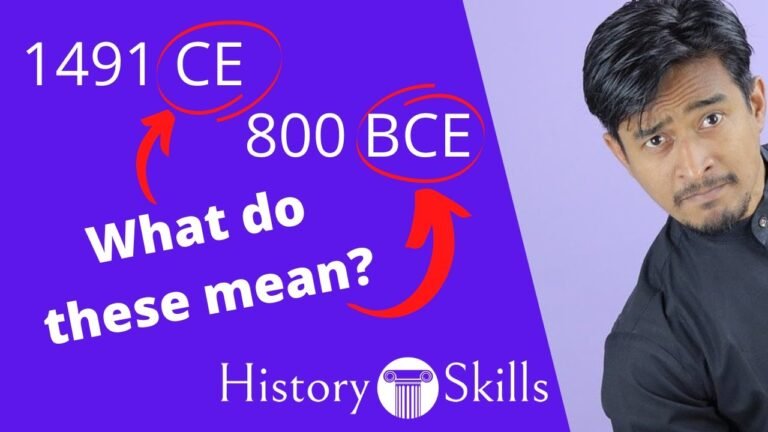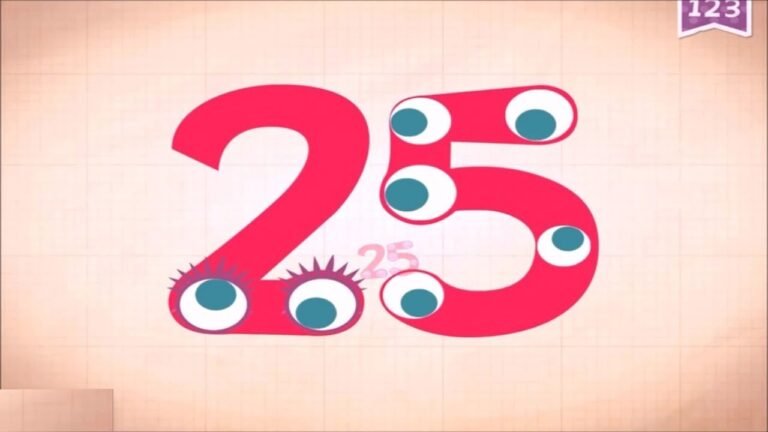The Myth of Moses with Horns Explained
The image of Moses with horns has intrigued and puzzled art historians and theologians for centuries. This striking depiction, stemming from a mistranslation of the Hebrew Bible, presents Moses not just as a leader but as a figure enveloped in divine mystery. Often portrayed in sculptures and paintings, the horns symbolize a misunderstood interpretation of his radiance following his encounter with God. As we delve into the origins and implications of this captivating imagery, we uncover a rich tapestry of cultural, religious, and artistic significance that continues to resonate today.
Why did Moses have horns in art?
Moses is depicted with horns in art due to a mistranslation of the Hebrew word karan, meaning to shine, interpreted as horned in some texts.
What is the significance of the horns on Moses?
The horns on Moses symbolize an extraordinary closeness to Yahweh, highlighting a unique relationship that sets him apart from other prophets. This intimate connection is further emphasized in the epitaph of the Pentateuch, which states, “Never since has there arisen a prophet in Israel like Moses, whom Yahweh knew face to face” (Deuteronomy 34:10). Such imagery captures the essence of Moses as a pivotal figure, embodying a direct link to the divine that resonates throughout biblical narrative and theology.
Which verse refers to the Horns of Moses?
In Exodus 34:29-30, the phrase describing Moses’ appearance is interpreted to mean that his face was literally horned, a concept that has sparked intriguing discussions among scholars. This interpretation, rendered as “cornuta esset facies sua,” emphasizes the striking visual transformation Moses underwent after his encounters with the divine. Such imagery not only highlights the profound impact of divine communion but also serves as a powerful symbol of authority and spiritual enlightenment, allowing us to explore the deeper meanings behind biblical texts and their lasting cultural implications.
What do horns symbolize in the Bible?
In the Bible, horns serve as a powerful symbol of strength and triumph, often associated with victory over adversity. The imagery of an “exalted horn” draws from the natural behavior of a bull that raises its horns in celebration after conquering a foe. This act of lifting the horns not only signifies personal victory but also embodies the broader theme of divine intervention, where God elevates the status of the oppressed, granting them a sense of empowerment and deliverance.
The significance of horns extends beyond mere symbolism; they represent hope and restoration for those who have faced struggles. When God is depicted as exalting the horn of an individual or a nation, it encapsulates the promise of redemption and the assurance that oppression can be overturned. This biblical motif resonates with believers, reminding them that, through faith, they can experience transformation and emerge victorious from their trials.
Unraveling the Origins of an Iconic Image
The iconic image that has captivated audiences for decades is steeped in a rich tapestry of history and cultural significance. Emerging from a time of social upheaval and artistic innovation, this visual representation encapsulates the spirit of its era, serving as both a reflection of societal values and a catalyst for change. Its origins can be traced back to a convergence of artistic movements that sought to challenge the status quo, inviting viewers to engage with deeper themes of identity, struggle, and resilience.
As the image gained prominence, it transcended its initial context, evolving into a symbol recognized worldwide. Its enduring appeal lies not only in its aesthetic qualities but also in its ability to evoke powerful emotions and provoke thought. The journey of this iconic image illustrates how art can become a universal language, bridging divides and inspiring generations to reflect on their own narratives within the broader human experience. In unraveling its origins, we uncover the profound connections it fosters across time and cultures, reminding us of the transformative power of visual storytelling.
The Truth Behind Moses’ Horned Depiction
The iconic image of Moses with horns has perplexed art historians and theologians for centuries. This peculiar representation stems from a mistranslation of the Hebrew Bible, specifically the word “karan,” which can mean both “to shine” and “to horn.” When the Bible was translated into Latin, the word was interpreted as “horned,” leading to the striking visual of Moses with horns in various artworks, most notably in Michelangelo’s famous sculpture. This misunderstanding not only altered the perception of Moses but also sparked discussions about the nuances of language and interpretation in religious texts.
As a result, the horned depiction of Moses has come to symbolize more than just a translation error; it reflects the intersection of faith, culture, and artistic expression. Artists throughout history have embraced this image, often using it to convey themes of power and divinity. The horns, representing strength and authority, positioned Moses as a formidable leader, further enriching his narrative as a prophet who communicated directly with God. This duality of meaning enhances the complexity of religious iconography and demonstrates how art can shape our understanding of sacred figures.
Ultimately, the truth behind Moses’ horned depiction invites us to reconsider our interpretations of religious texts and the images they inspire. It serves as a reminder that the stories we tell and the symbols we create are deeply influenced by language and context. By exploring these layers of meaning, we can gain a deeper appreciation for the rich tapestry of beliefs that have shaped human culture and continue to resonate with us today.
Exploring Art, History, and Misinterpretation
Art is a powerful lens through which we can explore the complexities of history. Each brushstroke and sculpted form carries with it the weight of the time in which it was created, offering insights into the cultural, social, and political landscapes of the past. By examining artworks from various eras, we uncover stories that challenge our understanding and provoke thought about human experiences, values, and beliefs. This exploration not only enriches our appreciation of art but also deepens our connection to history itself.
However, the interpretation of art is often clouded by misinterpretations that arise from cultural differences, evolving contexts, and personal biases. A piece may be viewed through the lens of contemporary issues, leading to conclusions that diverge significantly from the artist’s original intent. This phenomenon can obscure the true narratives embedded in art, transforming it into a canvas for modern discourse rather than a reflection of its historical origins. By acknowledging these discrepancies, we can foster a more nuanced understanding of both art and the history it represents.
Ultimately, the journey of exploring art and history is one of discovery, filled with opportunities for learning and growth. Engaging with artworks invites us to question not only what we see but also how we perceive the world around us. As we navigate through layers of meaning, we become more attuned to the delicate interplay between creation and interpretation, allowing us to appreciate the richness of human expression across time. In embracing this complexity, we honor the legacies of the past while forging connections to the present and future.
From Scripture to Sculpture: The Horned Moses
The depiction of Moses with horns has captivated artists and theologians alike for centuries, rooted in a textual misunderstanding of the biblical narrative. This iconic image stems from a misinterpretation of the Hebrew word “karan,” which can mean “to shine” but was rendered as “horned” in some early translations. As a result, artists like Michelangelo embraced this imagery, creating striking sculptures that blend divine authority with a raw, almost primal power. The horns symbolize not just physical strength but also the illuminating presence of God, showcasing Moses as a leader both revered and feared.
In Michelangelo’s famous statue, we see more than just the horns; they serve as a testament to the complexity of Moses’ character. The sculpture captures his fierce determination and profound connection to the divine, presenting him as a mediator between humanity and God. The intricate detailing of the horns adds depth to the piece, inviting viewers to ponder the duality of Moses’ nature—his role as a lawgiver and his human vulnerabilities. This portrayal resonates deeply with audiences, encouraging reflection on the struggles of faith and leadership.
The legacy of the horned Moses continues to inspire contemporary artists and religious scholars, prompting discussions about interpretation and representation in both art and scripture. As we explore this fascinating intersection, we uncover layers of meaning that transcend the original text, revealing the powerful ways in which art can shape our understanding of spiritual figures. The horned Moses stands as a bridge between the sacred and the artistic, reminding us that interpretations of faith can evolve and inspire across generations.
Debunking the Horns: A Cultural Misunderstanding
Throughout history, the image of horns has been misconstrued across various cultures, often symbolizing evil or malice. This misunderstanding can be traced back to ancient myths and the demonization of certain deities, leading to a pervasive stereotype that associates horns with wickedness. In truth, many cultures revere horns as symbols of strength, fertility, and protection. For instance, in numerous Indigenous societies, horns are seen as sacred, representing the bond between nature and humanity, rather than a sign of malevolence.
As we delve deeper into the significance of horns, it becomes clear that the true meaning is often lost in translation. The duality of horns in cultural contexts highlights not only the richness of folklore but also the need for greater understanding and respect for diverse beliefs. By recognizing the positive aspects of horn symbolism—such as resilience and power—we can dismantle harmful stereotypes and foster a more inclusive dialogue around cultural expressions. Embracing these varied interpretations allows us to appreciate the complexity of human experience and the myriad ways societies convey their values.
The image of Moses with horns, a striking interpretation rooted in historical and artistic contexts, challenges our perceptions of biblical figures and invites deeper exploration into the intersections of culture, religion, and art. This intriguing portrayal not only reflects the complexities of religious iconography but also serves as a reminder of the diverse ways in which stories can be interpreted and reimagined across time. Embracing these variations enriches our understanding of both history and humanity, encouraging us to question and appreciate the multifaceted nature of belief and representation.







